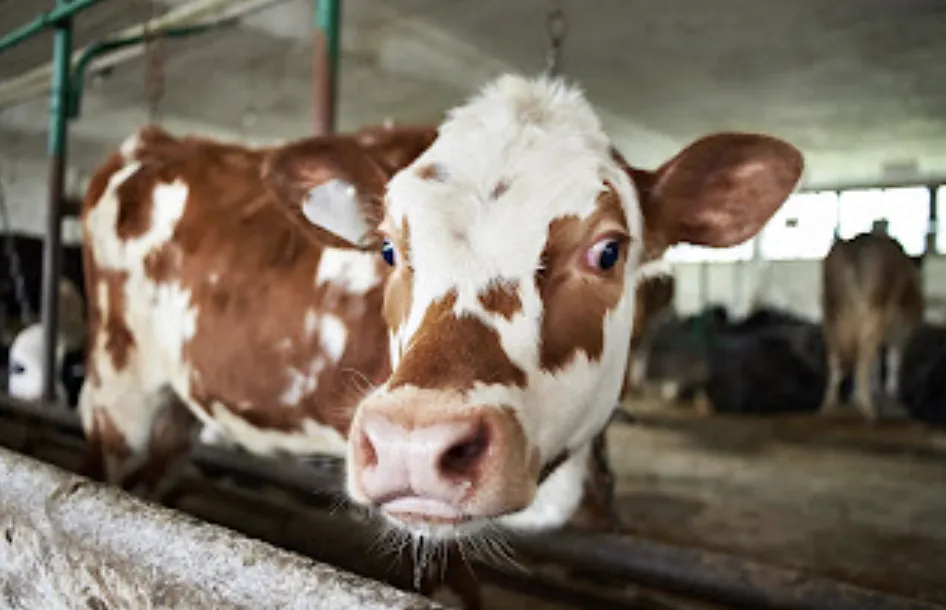October 30, 2024
Piles of dead dairy cows in California show an industry that wasn't prepared for H5N1 bird flu's aggressive spread

H5N1 can be more deadly for younger cows. (Adobe Stock photo)
After the H5N1 bird flu virus was detected in California in August, the virus spread aggressively and has infected at least 124 dairy herds and 13 dairy workers, reports Susanne Rust of the Los Angeles Times. "And according to dairy experts, the spread of the virus has yet to abate." The virus has killed dairy cattle at an "unexpected rate," which has left some dairies with roadside piles of dead cows awaiting rendering service pickup.
While roadside patches of dead cows are grisly, John Korslund, a retired Department of Agriculture veterinarian epidemiologist, said "there was probably very little risk to public health in having the animals piled up," because the virus doesn't last long in a carcass.
The virus' biggest toll has been on younger dairy cows, but farmers are doing what they can to keep them alive. Raudabaugh told Rust, “given the extreme rearing and raising and just expenses that go into raising these animals, there’s hope that on the other side of the virus, they will come back into production that’s sustainable for the farmer. So it’s definitely a last resort if they are culling them.”
Dairy farmers are concerned that even if a cows survive the virus, their milk production could indefinitely decrease. Rust reports, "The Department of Agriculture has a program to pay back farmers for production loss due to the virus. The program covers the three weeks of production lost by a cow when it is removed from the milking herd to recover, as well as the seven days afterward when production is still low." There is no protection for permanent production loss.